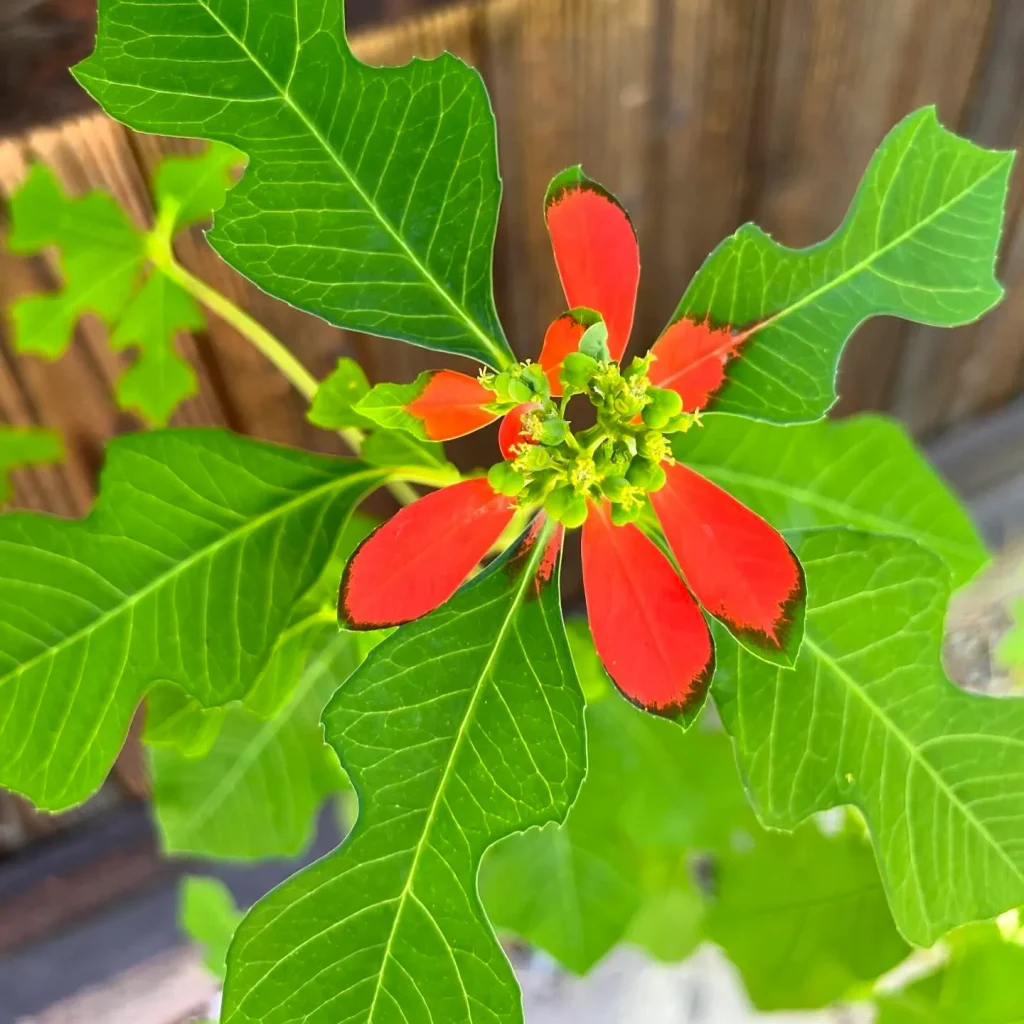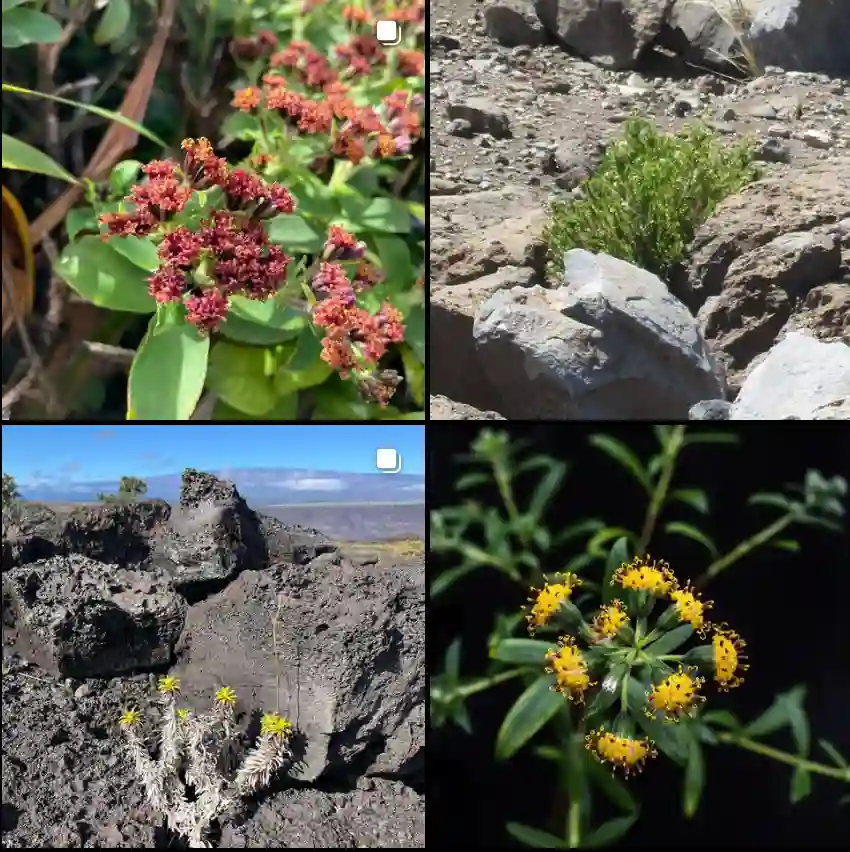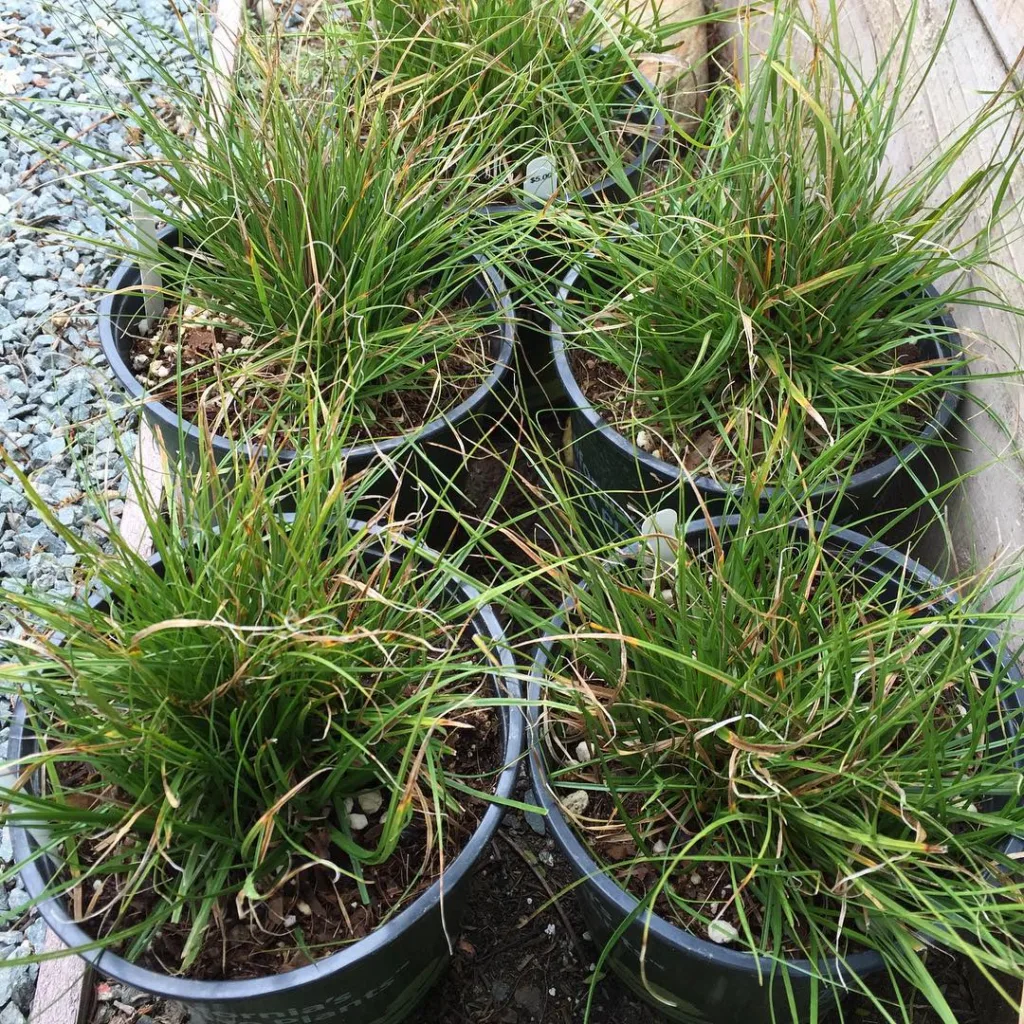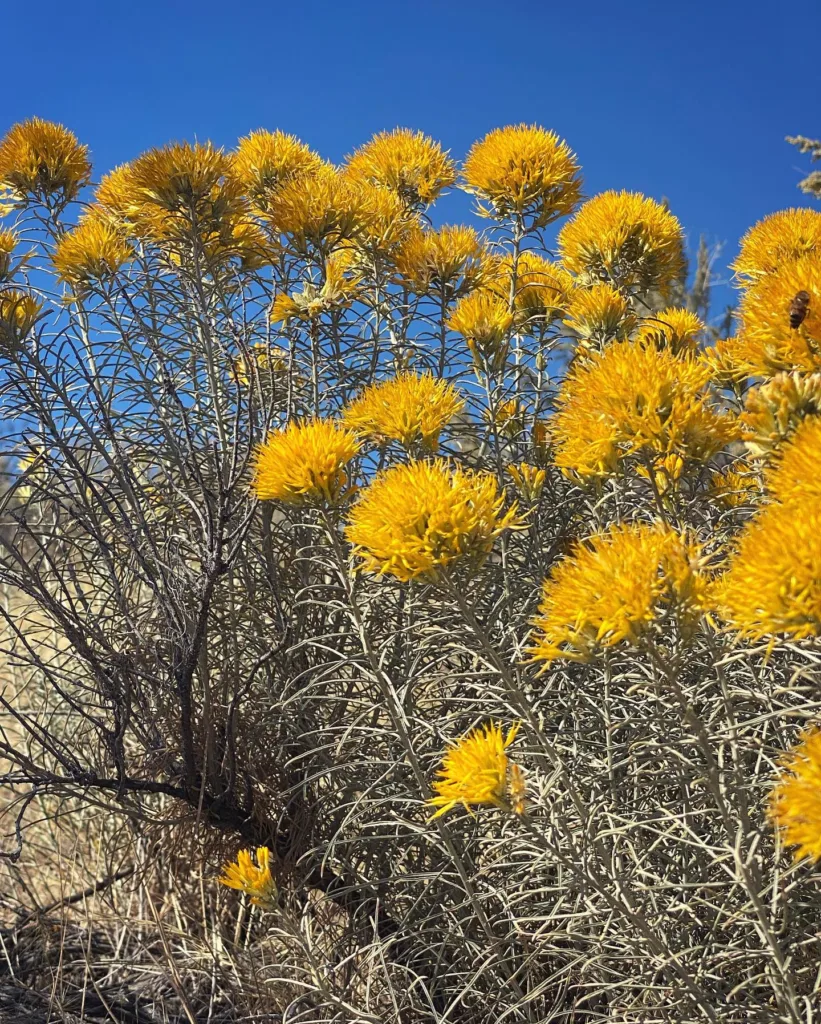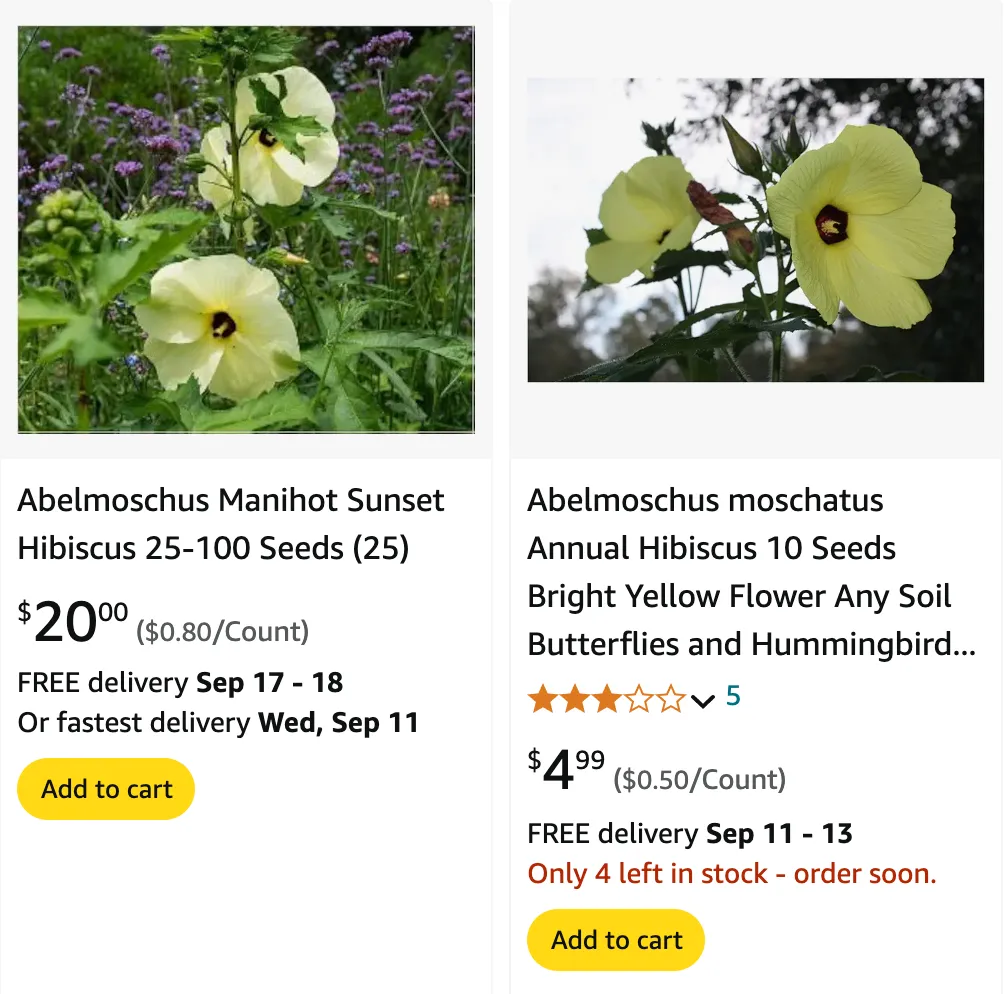
Abelmoschus Manihot: Your Essential FAQ Guide
I’ve had a lot of experience with Abelmoschus Manihot, commonly known as the Hibiscus Manihot or the Manihot. This fascinating plant is often sought after for its unique appearance and versatility. Here, I’ll cover everything you need to know about Abelmoschus Manihot, including its care, propagation, and more.
13 Species in Genus Abelmoschus
What is Abelmoschus Manihot?
Abelmoschus Manihot is a tropical plant that belongs to the Malvaceae family. It’s also known as the Cotton Rose or the Manihot. This plant is noted for its striking, large, and vibrant flowers, which can range from white to shades of pink and red. The foliage is similarly impressive, with its broad, lobed leaves adding to the plant’s ornamental appeal.
How to Care for Abelmoschus Manihot?
Caring for Abelmoschus Manihot is relatively straightforward if you follow a few key guidelines:
- Sunlight: This plant thrives in full sun. Aim for at least 6-8 hours of direct sunlight per day to ensure vibrant blooms and healthy growth.
- Soil: Abelmoschus Manihot prefers well-draining soil. A mix of potting soil and compost works well. Ensure the soil remains consistently moist but not waterlogged.
- Watering: Regular watering is crucial, especially during the growing season. However, be cautious not to overwater. The soil should be moist but not soggy.
- Temperature: As a tropical plant, Abelmoschus Manihot enjoys warm temperatures. It does well in temperatures ranging from 65°F to 85°F (18°C to 29°C). Protect it from frost.
- Fertilization: Feed the plant with a balanced, all-purpose fertilizer every 4-6 weeks during the growing season to promote vigorous growth and blooming.
How to Propagate Abelmoschus Manihot?
Propagating Abelmoschus Manihot is a rewarding process. Here’s how you can do it:
- Seed Propagation: Start by sowing seeds in a seed tray filled with moist potting mix. Plant the seeds about 1/4 inch deep. Keep the tray in a warm, sunny location. Seeds usually germinate within 2-3 weeks.
- Cuttings: Take 4-6 inch cuttings from a healthy Abelmoschus Manihot plant. Remove the lower leaves and dip the cut end in rooting hormone. Plant the cutting in a pot with a well-draining potting mix. Keep it in a warm, humid environment until roots develop.
What to Plant With Abelmoschus Manihot?
Abelmoschus Manihot pairs well with several other plants. For a striking garden display, consider planting it alongside:
- Marigolds: Their bright colors complement the vibrant blooms of Abelmoschus Manihot.
- Coleus: The foliage of coleus plants contrasts beautifully with the large leaves of Abelmoschus Manihot.
- Cannas: Their bold, tropical leaves and flowers harmonize with the exotic look of Abelmoschus Manihot.
Is Abelmoschus Manihot Toxic?
Abelmoschus Manihot is not considered toxic to humans or pets. However, as with many plants, it’s always wise to avoid ingestion and keep it out of reach of small children and pets to prevent any accidental issues.
Benefits of Abelmoschus Manihot
Abelmoschus Manihot offers several benefits:
- Ornamental Appeal: Its striking flowers and foliage make it a beautiful addition to any garden or indoor space.
- Low Maintenance: With its easy care requirements, it’s a great choice for both novice and experienced gardeners.
- Versatility: It can be grown in containers or directly in the garden, adding flexibility to your planting options.
Common Problems and Solutions
Even though Abelmoschus Manihot is relatively low maintenance, it can face a few issues:
- Pest Issues: Watch out for common pests like aphids and spider mites. Regularly inspect your plant and use insecticidal soap if necessary.
- Fungal Diseases: Overwatering can lead to fungal problems such as root rot. Ensure proper drainage and avoid letting the plant sit in water.
- Leaf Drop: If the leaves start dropping, it might be due to a sudden change in environmental conditions or inconsistent watering. Ensure stable conditions and adjust your watering schedule accordingly.
Comparing Abelmoschus Manihot with Similar Plants
It’s easy to confuse Abelmoschus Manihot with other similar plants. Here’s a quick comparison with a couple of commonly mistaken species:
- Hibiscus Rosa-Sinensis: While both plants have striking flowers, Hibiscus Rosa-Sinensis typically has larger, more showy blooms and is often used as a houseplant or in tropical gardens.
- Hibiscus Sabdariffa: Known for its edible calyxes, this plant is more commonly grown for its culinary uses, whereas Abelmoschus Manihot is primarily valued for its ornamental qualities.
In conclusion, Abelmoschus Manihot is a fantastic plant to add to your garden or home. With its vibrant flowers and striking foliage, it’s a low-maintenance option that brings beauty and interest to any space. Whether you’re propagating it from seeds or cuttings, or simply enjoying its ornamental benefits, Abelmoschus Manihot is a great choice for plant enthusiasts.
If i die, water my plants!
